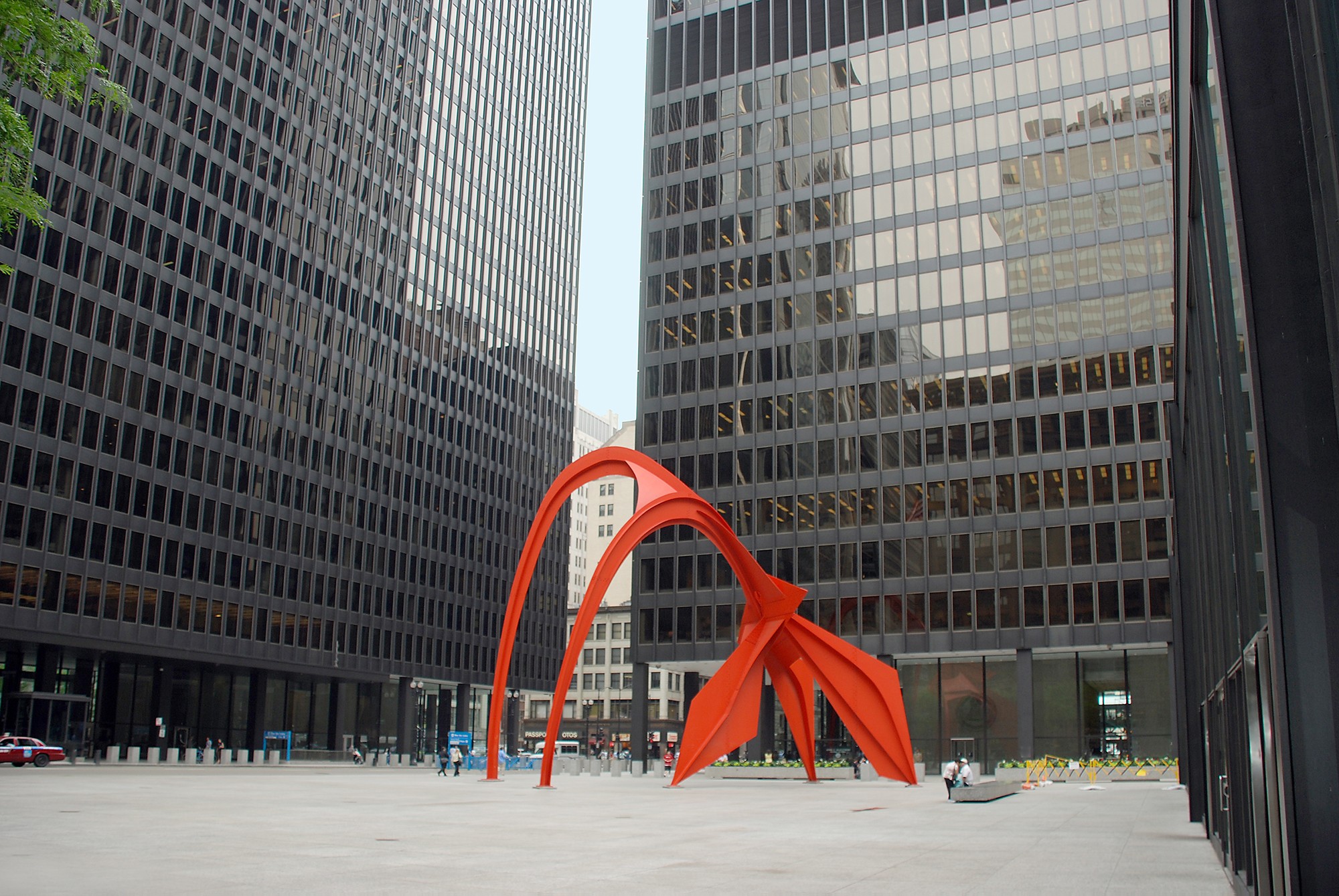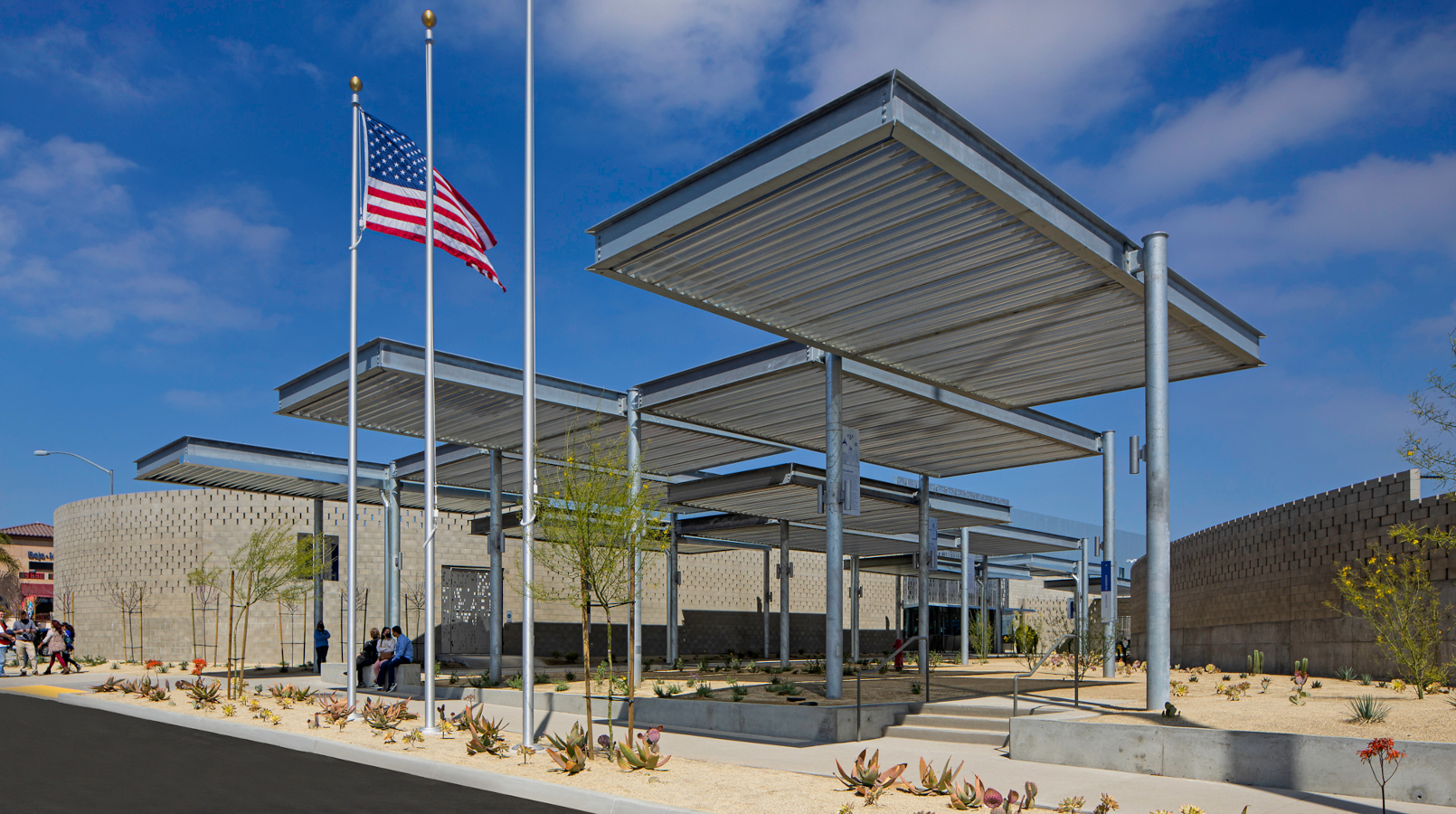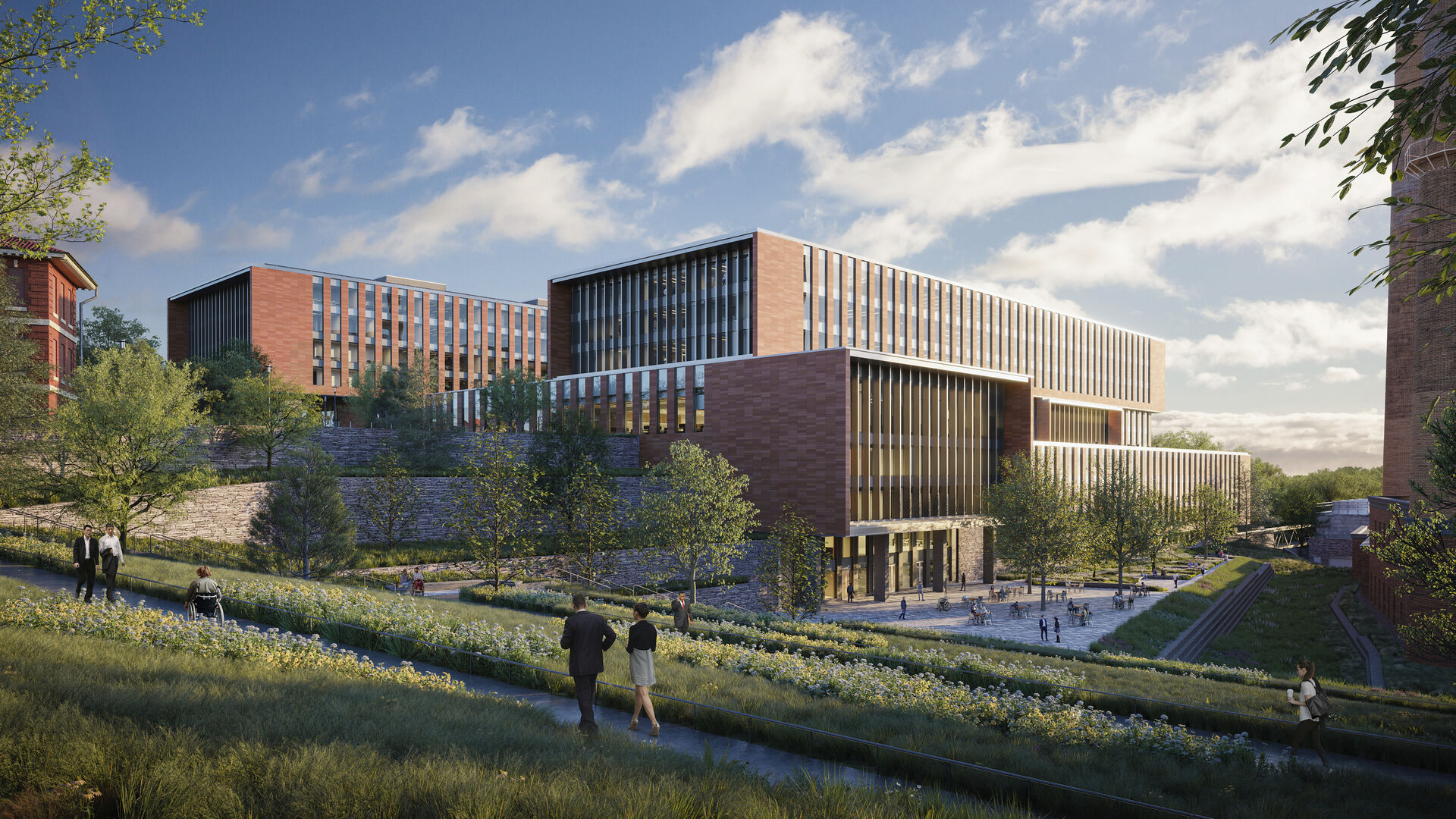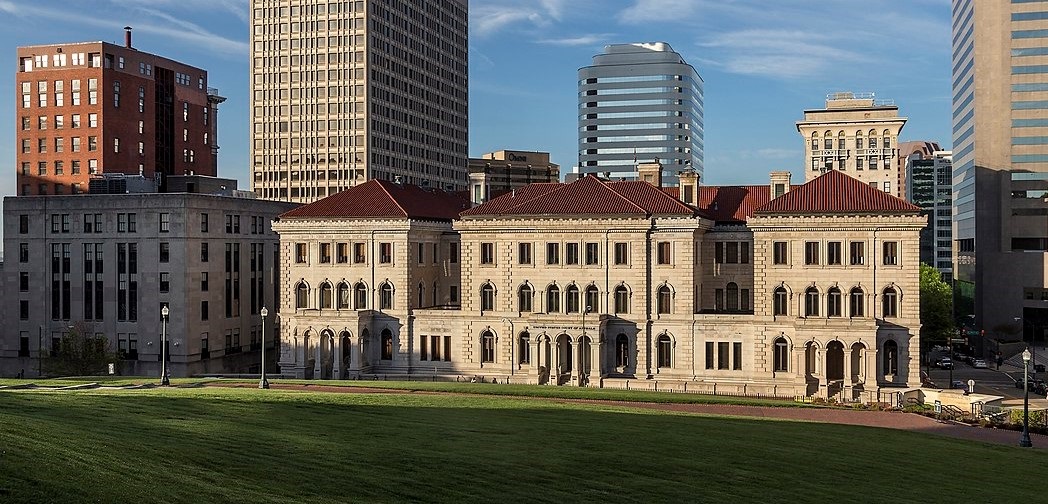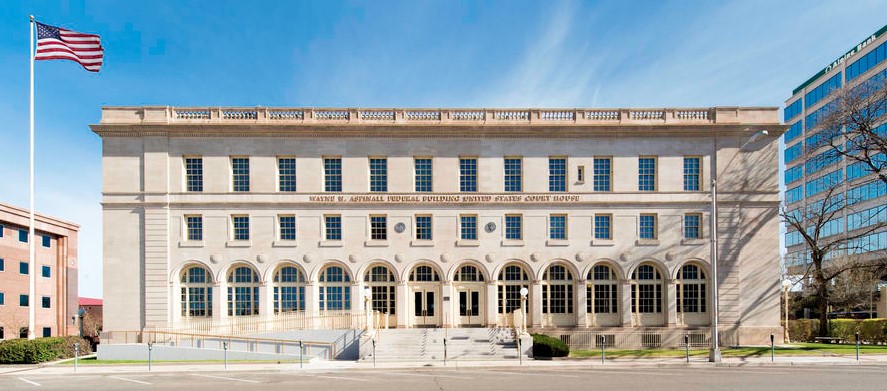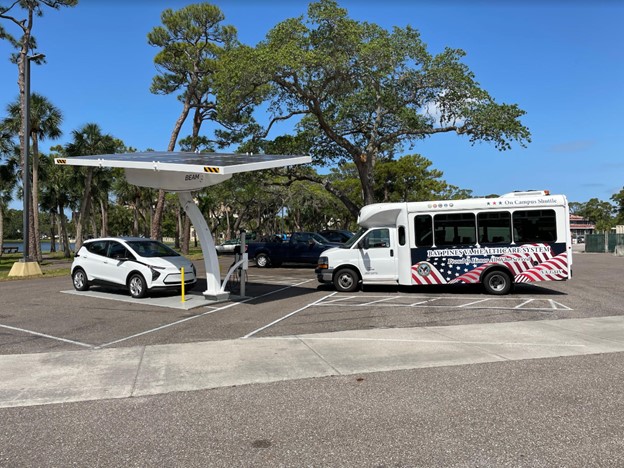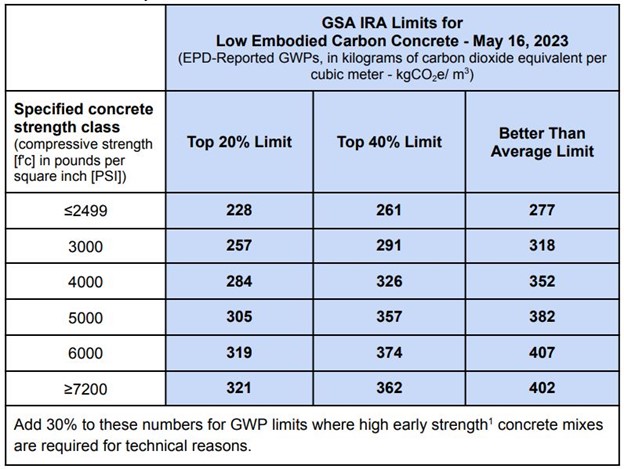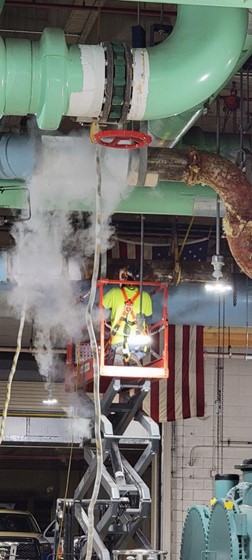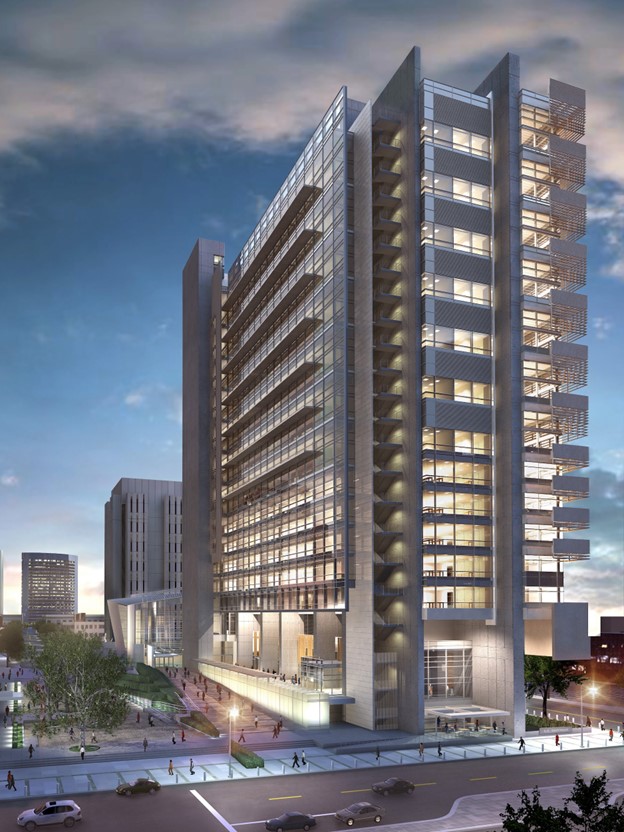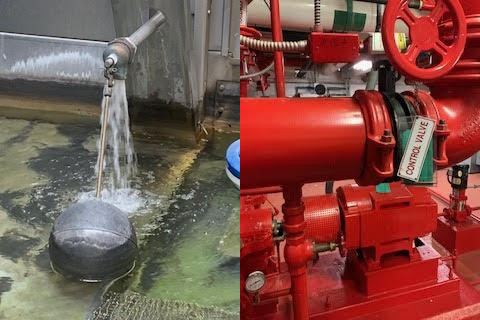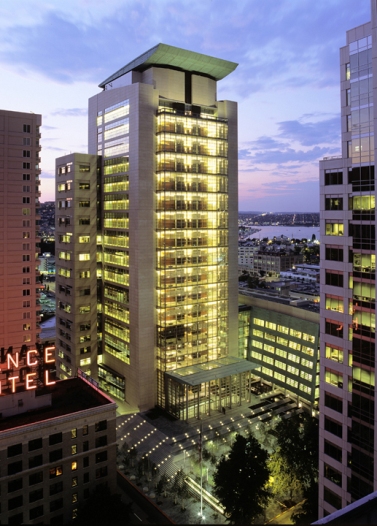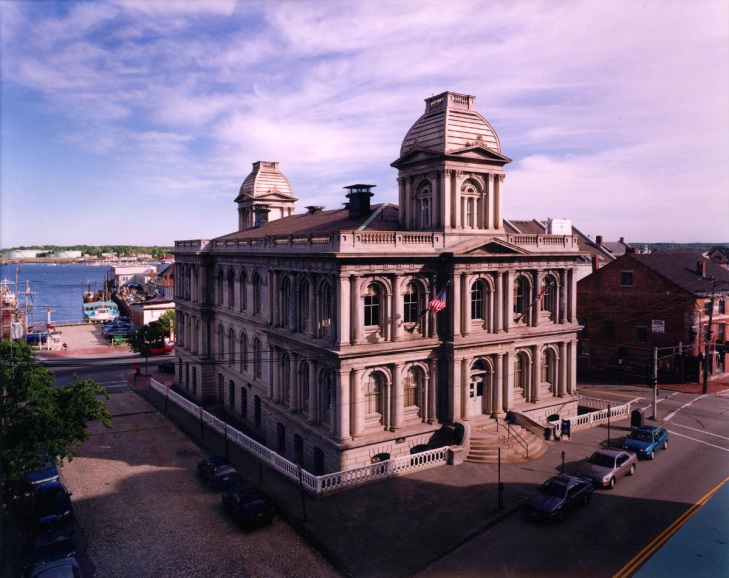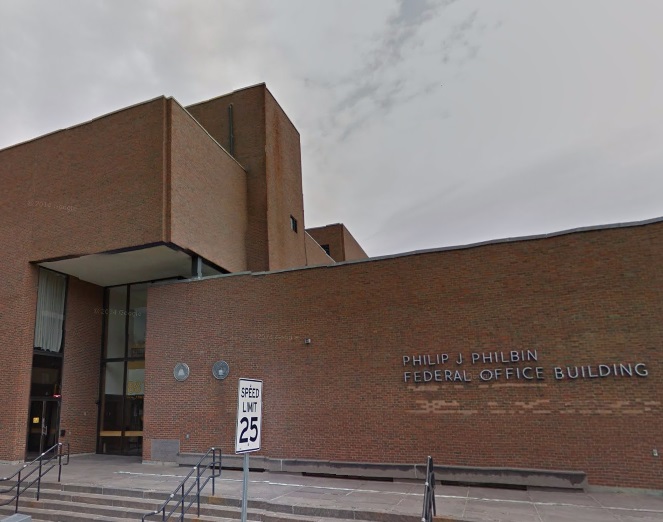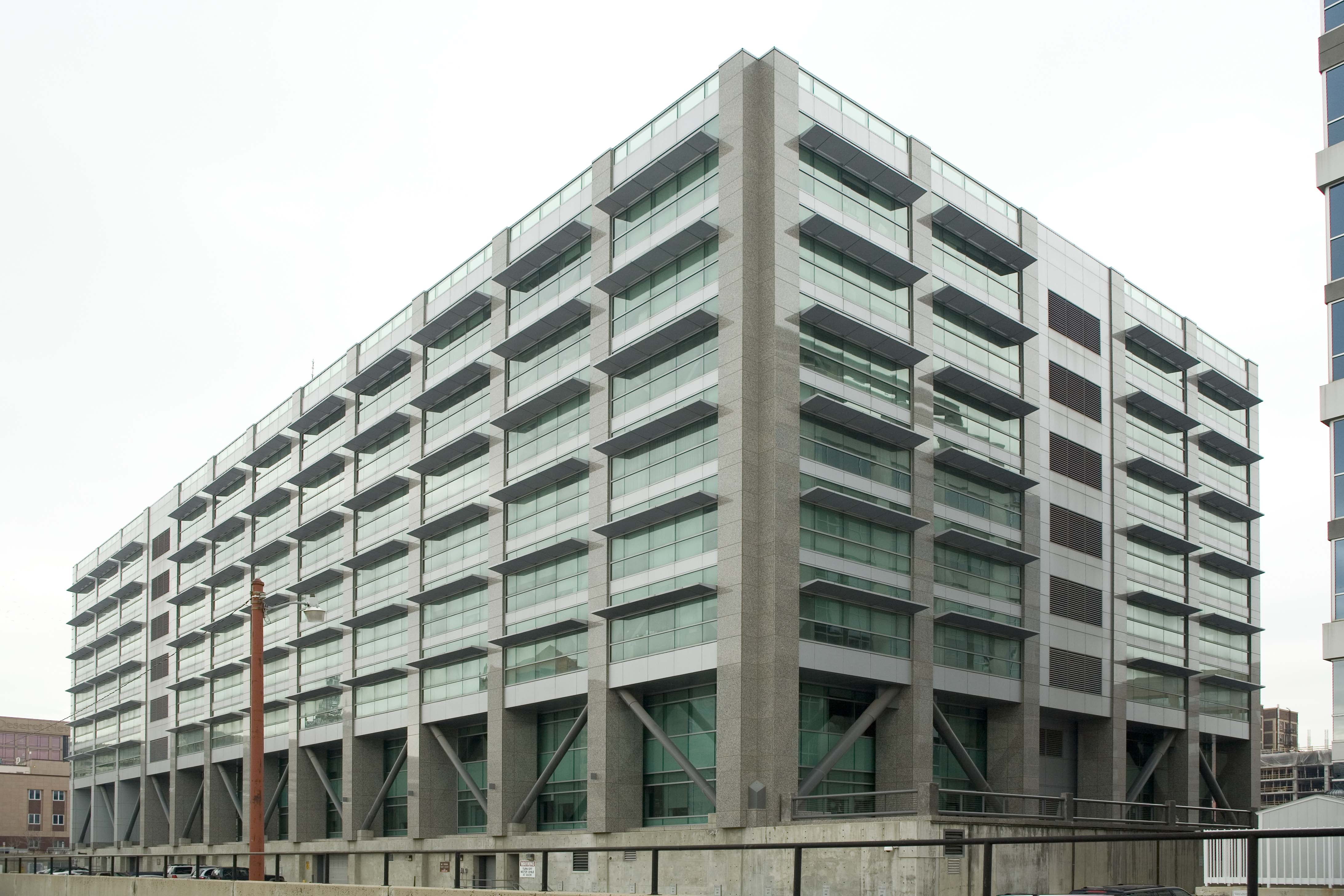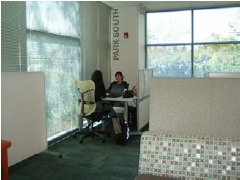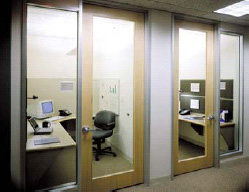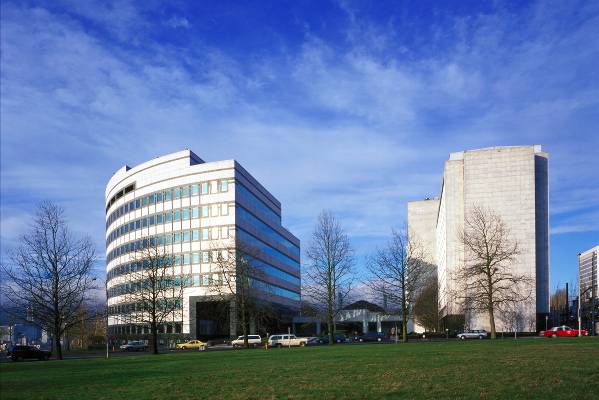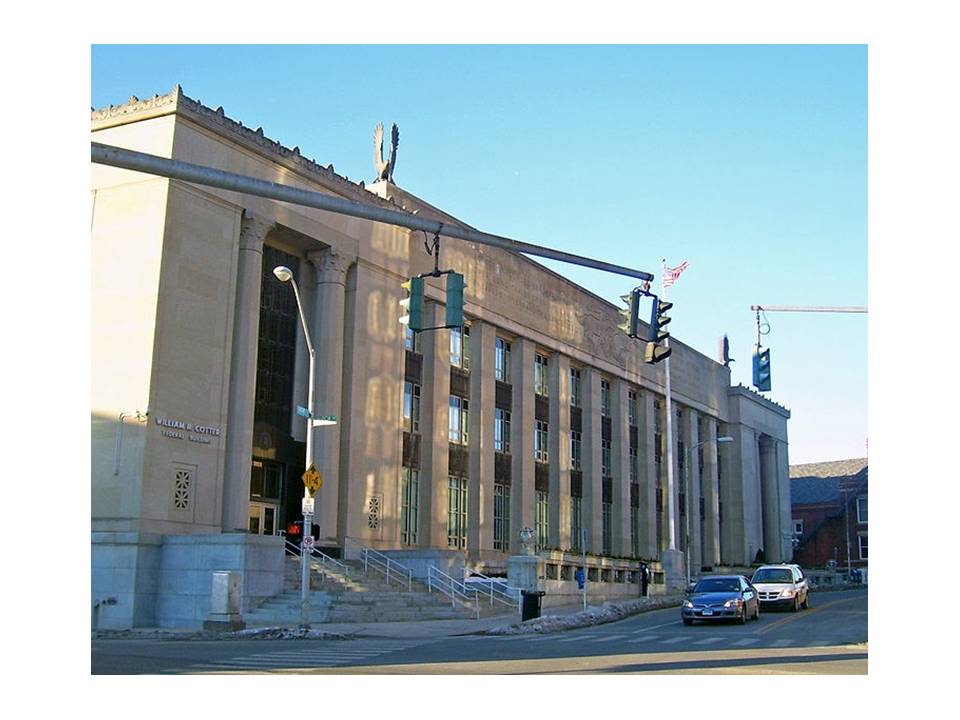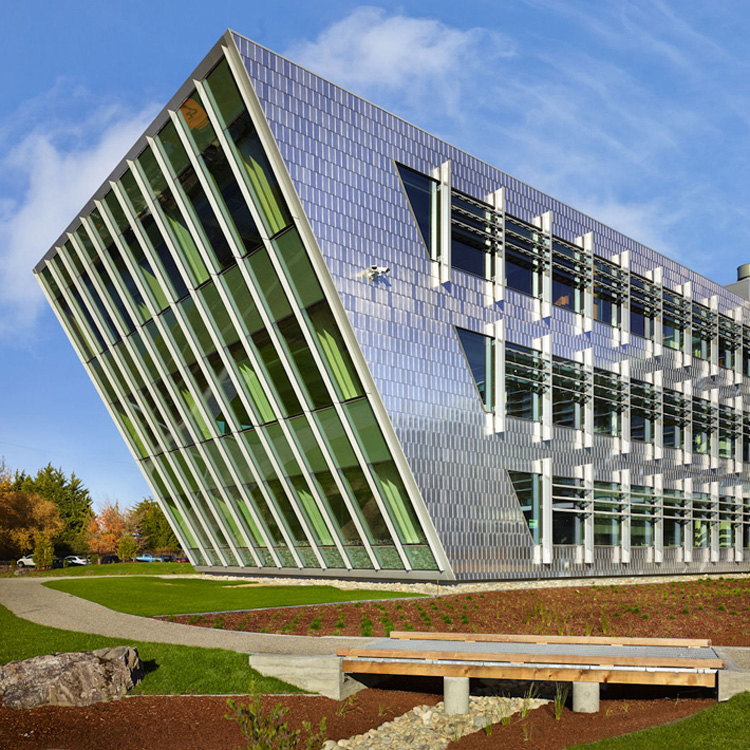Stories
Border Patrol Sector Headquarters (BPSH) Del Rio Building #1 Administration Building
Chicago Federal Center: John C. Kluczynski Federal Building, U.S. Post Office Loop Station, Everett M. Dirksen U.S. Courthouse
Otay Mesa LPOE Modernization and Expansion Project
CISA HQ and Electrification of St. Elizabeth Central Utility Plant
GSA Fleet Zero Emission Bus Team – Zion National Park
Lewis F. Powell, Jr. U.S. Courthouse
The Impact of GSA's High-Performance Buildings
Electric Vehicle Solar Charging Station Assisted Acquisition
Low Carbon Material Requirements Development
National Capital Region Portfolio-wide Energy Savings
Carter Keep Federal Courthouse Chilled Water Loop, San Diego, CA
Water Use Reduction at the John Minor Wisdom US Court of Appeals Building in New Orleans, LA
GSA Green Carpet Spec
Cost and Benefit of Healthy Cleaning
During the Seattle Courthouse's LEED EBO&M certification effort, cost data was made available for healthy cleaning products on a square footage basis.
U.S. Custom House in Portland, Maine
Philip J. Philbin Federal Building in Fitchburg, Massachusetts
High-Performance Real Estate with Existing Buildings: The Bennett Federal Building
As part of a national effort to demonstrate compliance with the EO13514 and the Guiding Principles for Federal Leadership in High Performance Sustainable Buildings, GSA adopted the USGBC's Volume Certification Program, utilizing standards set forth in the LEED Existing Buildings: Operations & Maintenance rating system for their documentation. The Wallace F. Bennett Federal Building is located in the Central Business District within Salt Lake City and is the largest GSA owned property in Salt Lake City.
Connected Workplace
Like many other organizations today, Cisco came to the conclusion that their workplace environment was at odds with the way they worked. People were seldom at their desks. Meeting spaces were in short supply. Communication was ever more variable face to face, instant messaging, desk top video, phone, e-mail. And work hours shifted dramatically as the need to work globally increased. With these changes in mind, Cisco created the Connected Workplace.
Collaborative Knowledge Work Environments
Collaboration is perceived as a key to organizational effectiveness in an increasing number of work contexts - from service and policy making organizations to scientific research and development groups.
Historically Sustainable Nakamura Courthouse
The Nakamura US District Courthouse was built in 1939. Following a rennovation, it was awarded a LEED NC certification in 2011 and LEED EBO&M certification in 2013. Its original design and construction, however, included many sustainable qualities.
The 911 Federal Building: Paying Attention to Building Performance
After over a year of investigation and documentation, the Portland 911 Federal Office Building was able to secure funding, certification and high-performance by integrating advanced metering and retrocommissioning building systems.
Norris Cotton Federal Building
The Norris Cotton Federal Building located in Manchester, NH, is a 7-story, reinforced, concrete and steel structure with two basement parking levels. Constructed in 1976 as an energy conservation pilot, Norris Cotton FB continued it's high performance leadership through a green renovation.
Centralized Filing
Filing documents is a task that all office workers struggle with. A poor filing system can lead to lost productivity when time is spent searching for relevant documents rather than focusing on work tasks. Careful analysis and good workplace design can help organizations improve the management of archival information and data.

